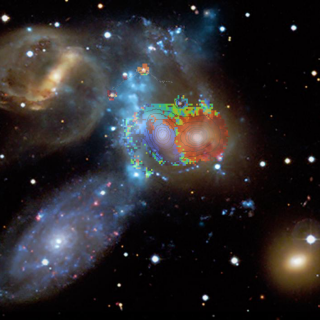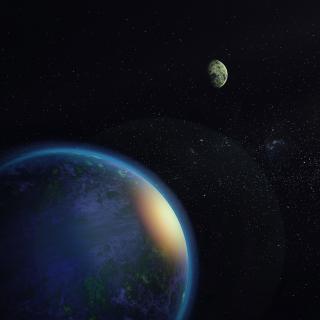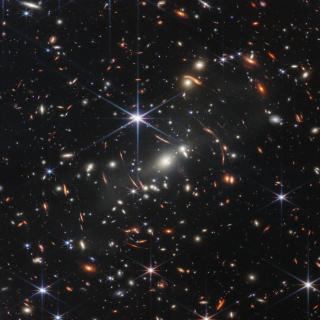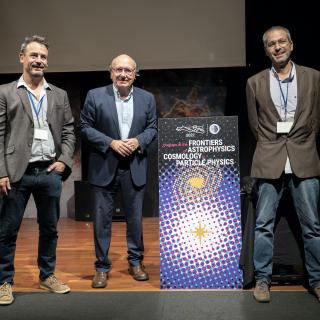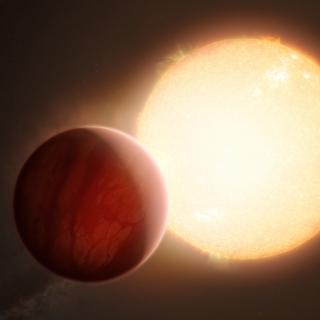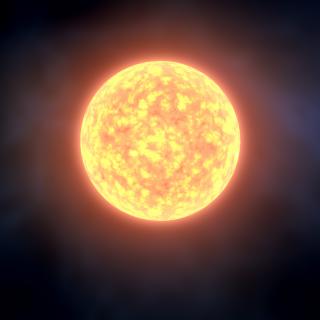
An international team of researchers, among them scientists from the Instituto de Astrofísica de Canarias (IAC), has confirmed the primitive origen of an old star in the Milky Way, using the ESPRESSO instrument. The stars with the least content of metals are considered to be the oldest in the Milky Way, formed only a few hundred million years after the Big Bang, which is a small fraction of the age of the universe. These stars are “living fossils” whose chemical composition gives clues about the first stages of the evolution of the universe. The star SMSS1605-1443 was discovered in 2018 and
